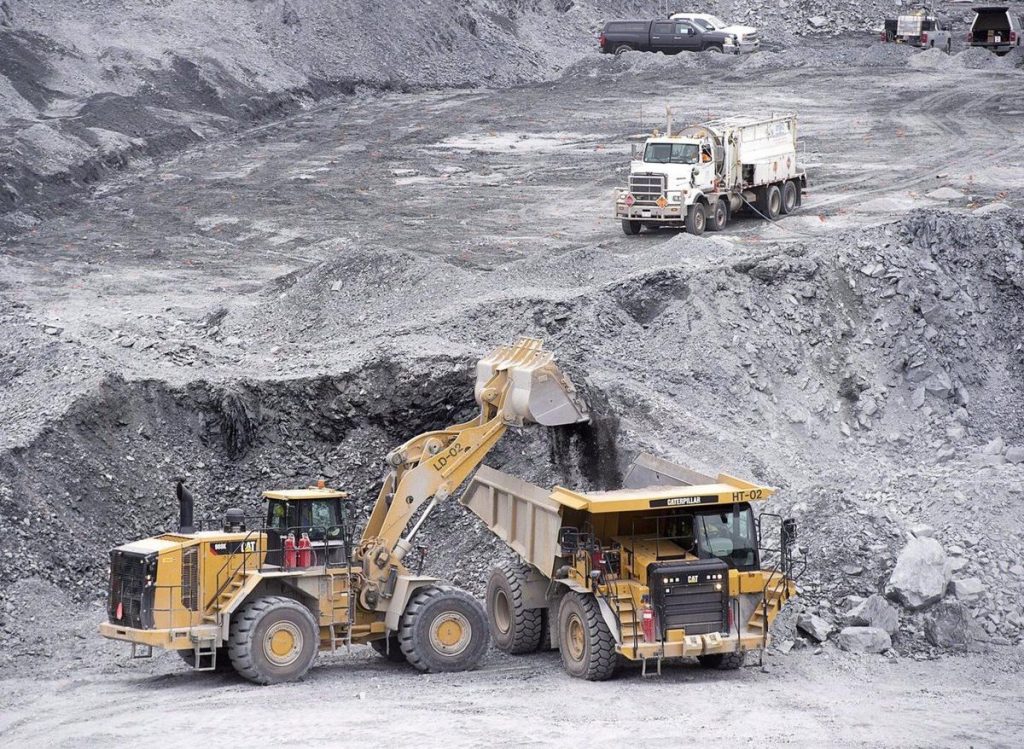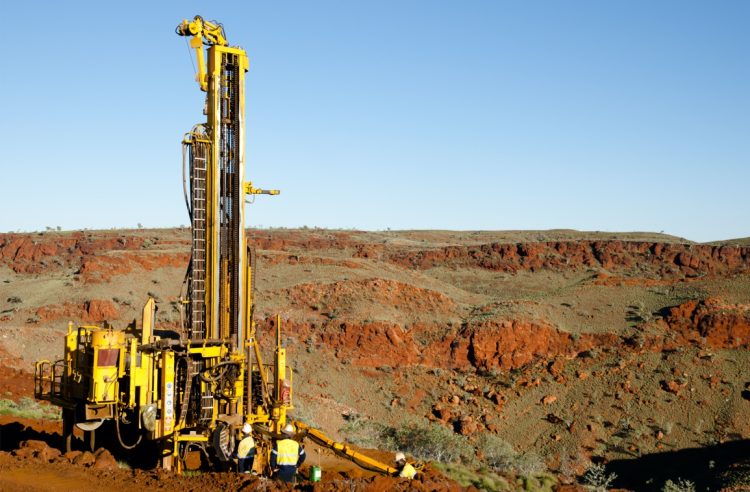The vast, icy expanse of Antarctica has long been regarded as one of the last untouched frontiers on Earth, a pristine environment protected by international treaties designed to preserve its fragile ecosystem. However, recent developments have ignited a surge of investor interest in Antarctic resource stocks, as geopolitical shifts, technological breakthroughs, and legal uncertainties converge to reshape the region’s economic potential. The Antarctic Treaty, a cornerstone of environmental protection and scientific cooperation, is facing increasing pressure for renegotiation amid growing demands for resource access. Parallel to this political backdrop, leaks about new deep-sea mining technologies promise to unlock previously inaccessible mineral reserves buried beneath the ocean floor surrounding Antarctica. Yet, the boom in resource exploration is shadowed by mounting environmental litigation risks from global advocacy groups and concerned governments, raising questions about the long-term sustainability and legality of exploiting these resources. Understanding these complex and intertwined factors is essential to grasp why Antarctic resource stocks have suddenly captured the attention of investors worldwide.
Treaty Renegotiation Updates: A New Chapter for Antarctic Governance?
The Antarctic Treaty System, established in 1959 and entering into force in 1961, set Antarctica as a scientific preserve and banned military activity and mineral mining on the continent. This treaty, complemented by the Protocol on Environmental Protection (Madrid Protocol) signed in 1991, enshrined a moratorium on mining activities until at least 2048. For decades, this legal framework successfully shielded Antarctica from commercial exploitation, ensuring a global commitment to environmental stewardship and scientific research.
However, the geopolitical landscape has evolved considerably. Rising global demand for critical minerals like lithium, cobalt, and rare earth elements, essential for batteries, electronics, and clean energy technologies, has heightened interest in Antarctic deposits, believed to contain substantial untapped reserves. Several countries with strategic interests in polar regions are quietly advocating for revisiting the treaty’s provisions, seeking pathways to legally enable resource extraction without undermining environmental protections entirely.
Recent diplomatic talks, including meetings under the Antarctic Treaty Consultative Parties (ATCP), have revealed increasing divisions. Some parties emphasize strengthening conservation efforts in light of climate change impacts, while others stress economic development and national resource security. These tensions suggest the treaty could undergo significant reinterpretation or amendment within the next decade, prompting investors to anticipate a regulatory environment that may become more permissive toward resource extraction.

Deep-Sea Mining Technology Leaks: Unlocking the Ocean’s Hidden Wealth
Alongside diplomatic shifts, a parallel technological revolution is propelling the Antarctic resource story. Advances in deep-sea mining technologies, designed to operate in extreme cold, high-pressure, and remote environments, are nearing commercial viability. These technologies promise to extract valuable polymetallic nodules, crusts, and sulfides from the seabed around Antarctica — minerals essential for modern industry but scarce elsewhere.
Leaked research and pilot projects from specialized mining equipment manufacturers and resource exploration companies reveal significant progress in remotely operated vehicles (ROVs), autonomous underwater drones, and precision extraction tools. These innovations reduce environmental disturbance footprints and enhance operational safety, addressing previous challenges that stalled commercial deep-sea mining ventures.
Moreover, improved seismic mapping and AI-driven resource estimation models have enhanced the accuracy of mineral deposit identification, giving investors clearer signals about viable mining sites and potential yields. Public filings from emerging resource companies highlight plans to deploy pilot operations in Antarctic waters once regulatory approvals are secured.
This technological momentum fuels investor enthusiasm, as Antarctic resource stocks present opportunities akin to early-stage bets on frontier energy or rare earth mining plays, where breakthroughs could yield outsized returns. However, the nascent state of the industry also entails substantial risks related to operational costs, regulatory hurdles, and environmental opposition.
Environmental Litigation Risks: The Legal Battle Over Antarctic Exploitation
The boom in Antarctic resource stocks does not come without controversy. Environmental organizations worldwide have intensified their campaigns to safeguard Antarctica’s ecosystems, leveraging international law and public opinion to challenge any attempts to weaken protections. Litigation risks have escalated, targeting both governments pushing treaty renegotiations and private firms planning exploratory or extractive activities.
Recent lawsuits filed in international courts and jurisdictions linked to corporate headquarters invoke principles of environmental justice, transboundary harm, and precautionary approaches. These legal challenges argue that mining activities could irreversibly damage unique habitats, threaten endangered species, and accelerate ice melt through pollution and habitat disruption. Activists emphasize that Antarctica’s status as a global commons obligates all nations to prioritize conservation over short-term economic gains.
In addition, there is growing scrutiny of environmental impact assessments (EIAs) and corporate disclosures related to Antarctic operations, with demands for greater transparency and independent oversight. Potential delays or injunctions stemming from litigation can significantly affect project timelines, increase costs, and heighten investor uncertainty.
Some courts have also raised questions about the enforceability of existing environmental safeguards under changing geopolitical circumstances, highlighting ambiguities in treaty language and jurisdictional overlaps. This complex legal landscape requires companies and investors to adopt robust risk management and stakeholder engagement strategies to navigate potential disputes.
Broader Implications: Balancing Opportunity and Responsibility
The surge in Antarctic resource stocks encapsulates a broader global challenge—how to reconcile resource demands critical for technological advancement and climate solutions with the imperative to protect vulnerable natural environments. Antarctica represents a litmus test for international governance, scientific diplomacy, and corporate responsibility in the 21st century.
For investors, the region offers rare exposure to frontier resource plays with potential high rewards, driven by scarcity and technological innovation. However, these opportunities come with significant geopolitical uncertainties and reputational risks linked to environmental and social governance (ESG) criteria.
Policymakers face the delicate task of crafting frameworks that permit sustainable resource utilization without compromising Antarctica’s ecological integrity. Emerging models include stringent environmental conditions, phased development approaches, benefit-sharing mechanisms, and robust international monitoring.
Looking ahead, the trajectory of Antarctic resource stocks will likely hinge on the outcomes of treaty negotiations, technological maturation, and the evolving balance between economic ambitions and environmental stewardship. The world’s eyes remain fixed on Antarctica as a symbol of both untapped potential and shared responsibility.














































